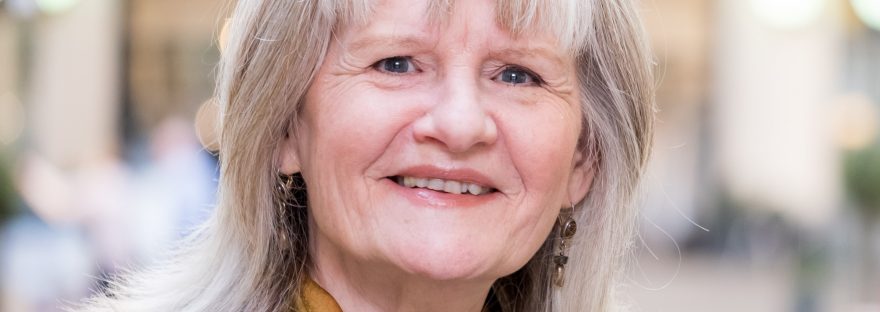At the moment, we’re not able to go out at our leisure to look at Nottingham (or anywhere else for that matter), so I decided to catch up with some of the interesting people who I’ve met through doing these Watson Fothergill Walks. For this installment I talked to Felicity Whittle, of Gold Star Guides, who conducts the Nottingham Booklovers Tour and she recently launched a programme of virtual #NottGoing Out tours, including one of Nottingham’s Exchange Arcade.
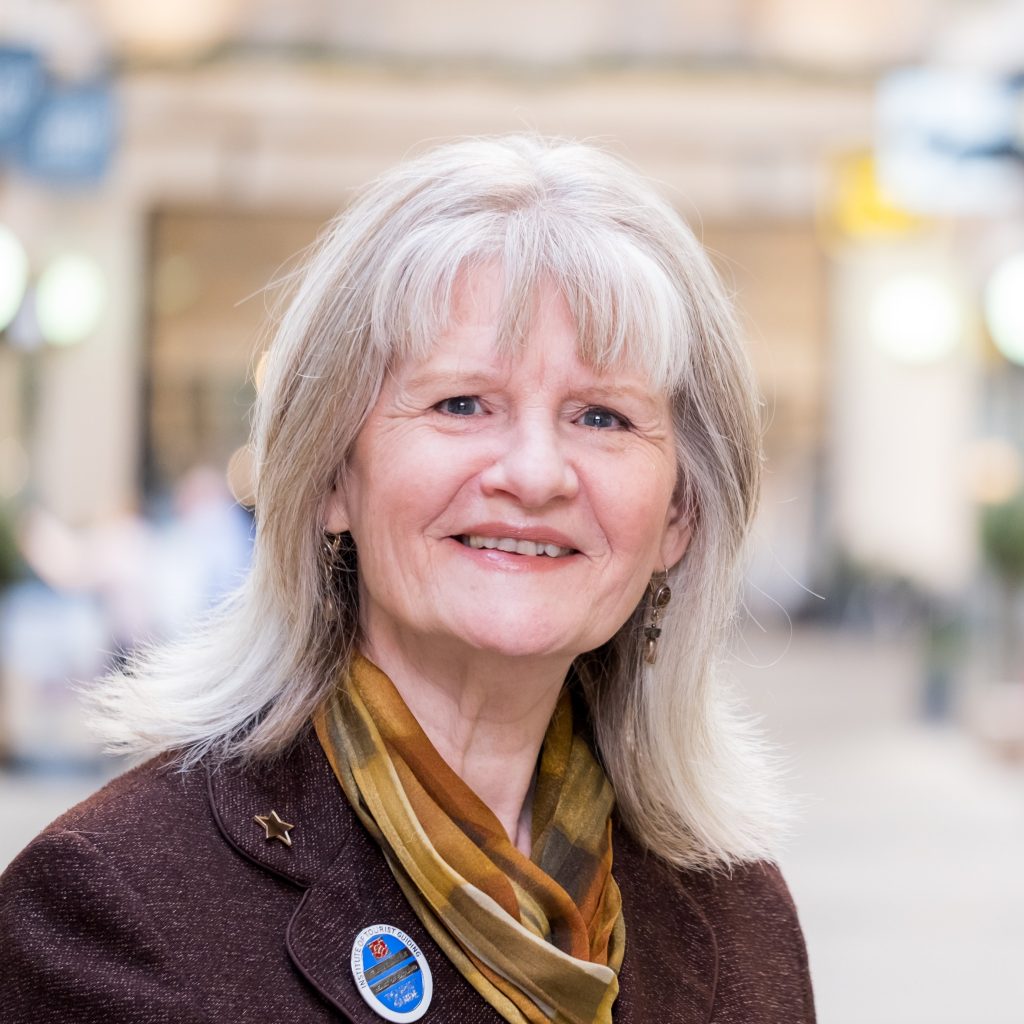
Lucy Brouwer: You conduct the Nottingham Booklovers Tour, looking at writers produced by the city and the places that feature in their books. Have you found that there is a sense of place in Nottingham literature?
Felicity Whittle: Yes, many local writers most definitely convey a sense of place and you can often follow a route through the city in their novels. There is an online Alan Sillitoe trail that imagines following the two squaddies who are out to get Arthur Seaton in ‘Saturday Night and Sunday Morning’; it follows their progress across the city through the various places and pubs that are mentioned in the novel.
The novels of John Harvey, with his police detective Charlie Resnick, have a great sense of place, though the Nottingham he (Resnick) worked in has changed somewhat over the last couple of decades. But Harvey includes events such as a film festival at Broadway, visiting stalls in the Vic Centre market or shops in Broadmarsh, and you get a real sense of the neighbourhoods in which his characters live, be that St Anne’s or the Park estate.
Kim Slater, who writes thrillers under the name KL Slater, has said that although she uses several different parts of the city for her novels she does sometimes move things around a bit to fit the requirements of her characters or her plots. I’m sure she’s not alone amongst writers in doing this!
LB: Do you have a favourite building in Nottingham? Which one and why?
FW: The Council House. I’ve recently become a volunteer tour guide there so have learned more about it and about Exchange Arcade – I love its grandeur and the sense of civic pride that it evokes. There are all sorts of amazing details, from the vacuum system built into the skirting boards, to the paintings that incorporate Nottingham people into historical scenes, which make it a very special place.
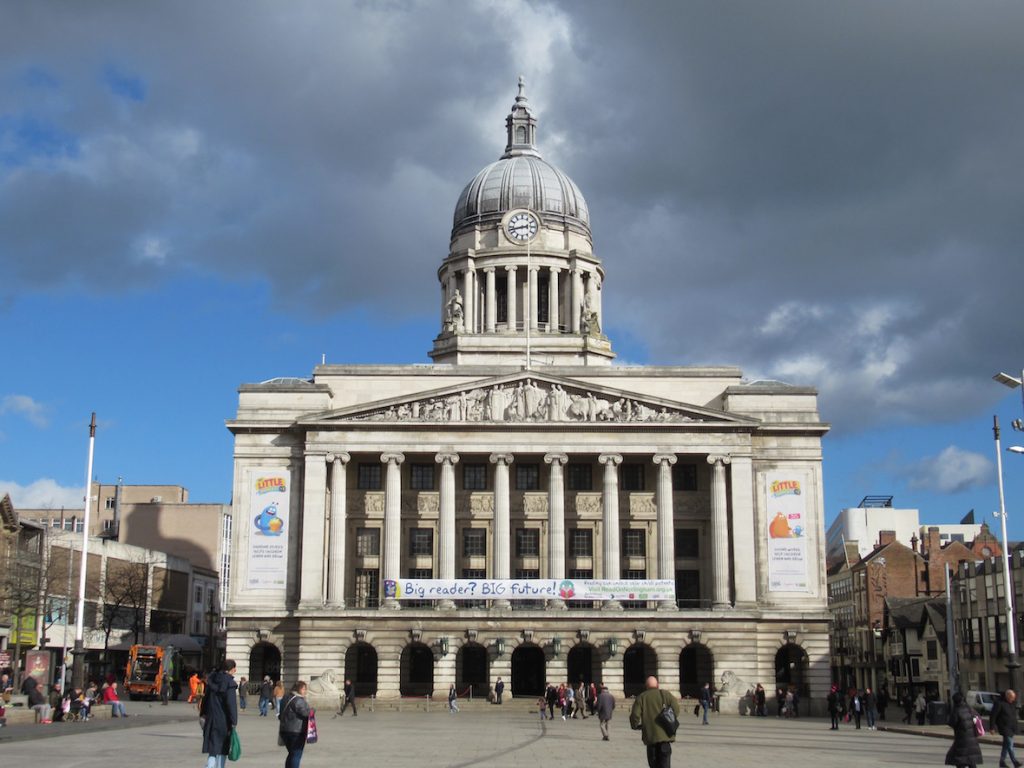
LB: Nottingham architect Thomas Chambers Hine‘s granddaughter Muriel was a novelist, have you read any of her work? Does she draw on her family background in her books?
FW: Her most autobiographical book is probably ‘A Great Adventure’, in which a family move from Wollaton to a house in the Raleigh Street area of Lacingham (a thinly disguised version of Nottingham!). The father is an architect who wins a competition to design a hospital… so you can see the parallels with her own family life.
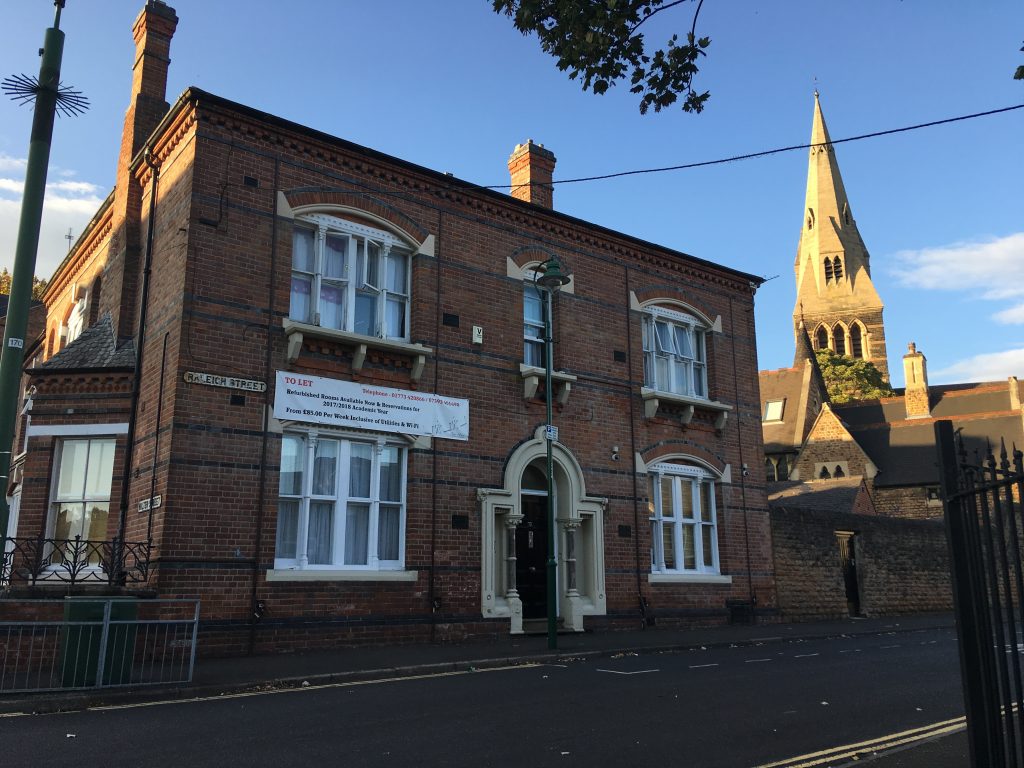
In ‘Wild Rye’ the main character comes to live in Lacingham with her grandparents who seem to be based on Hine’s own grandparents. In the novel they live in a big house in the Oxford Street area, so again you can see the influences of her own experience.
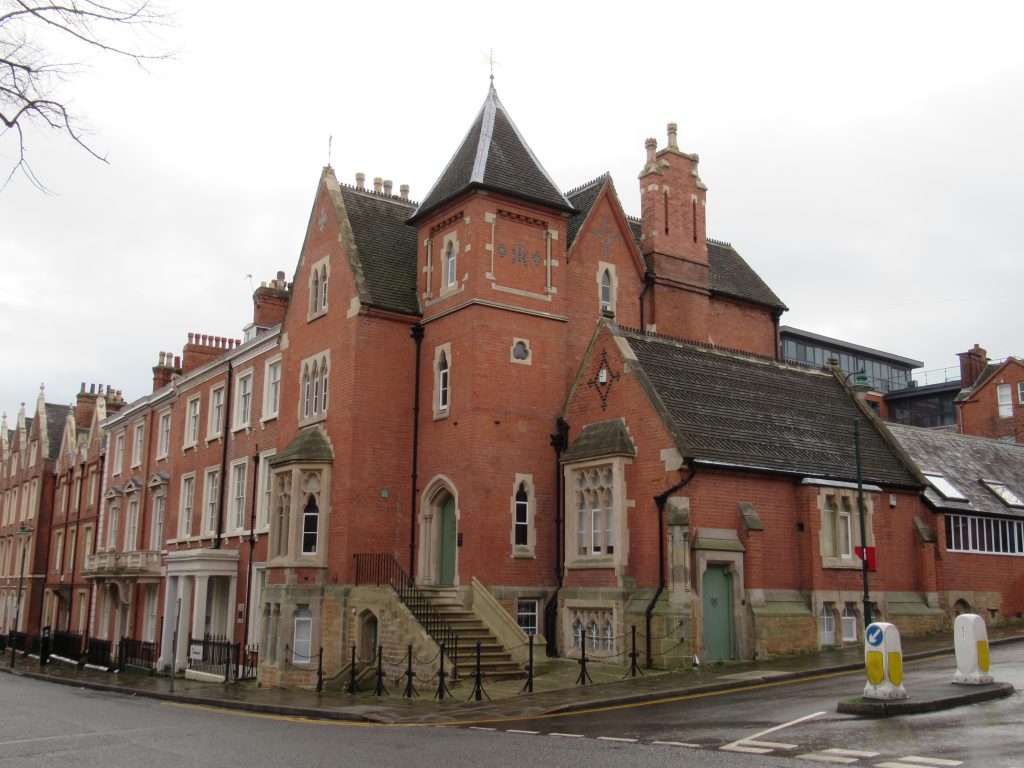
Other of her novels address very specifically the changing position of women at the turn of the 20th century, the struggle for the vote and whether they needed a man, marriage, children, etc. to feel complete or what the possibilities were of life without any of those things. They are interesting to read because although it can seem quite foreign to us, she was writing about attitudes and conventions that were very real in her lifetime.
LB: Do you find that people notice the buildings in Nottingham? Do you think conducting tours changes the way people see a place?
FW: I find people notice buildings to a certain extent, but often don’t see the detail. One of the best rewards for a guide (as I’m sure you know), is one someone says the ‘I never noticed that before’ phrase, often about somewhere that they’ve walked past a thousand times, or worked nearby but never really looked at. It makes all that research worthwhile!
Without trying to sound too philosophical or mystical about it, I think that hearing the stories about a building, knowing that some other person had a particular connection with it, sort of personalises our built environment and gives us a relationship with those who have been in this place before us.
Many thanks to Felicity for answering my questions. You can keep up with all her tours, both virtual and live, via her Facebook page.
Felicity is hosting a short series of themed virtual tours of Nottingham locations:
May 16, 2020: The Exchange Arcade
May 23, 2020: Kings, Nurses and A Poet
May 30, 2020: Arrows, architects and alcohol
Tours are free but please book in advance and give a donation to Felicity’s chosen charity, Maggie’s Nottingham. #NottGoingOut.
